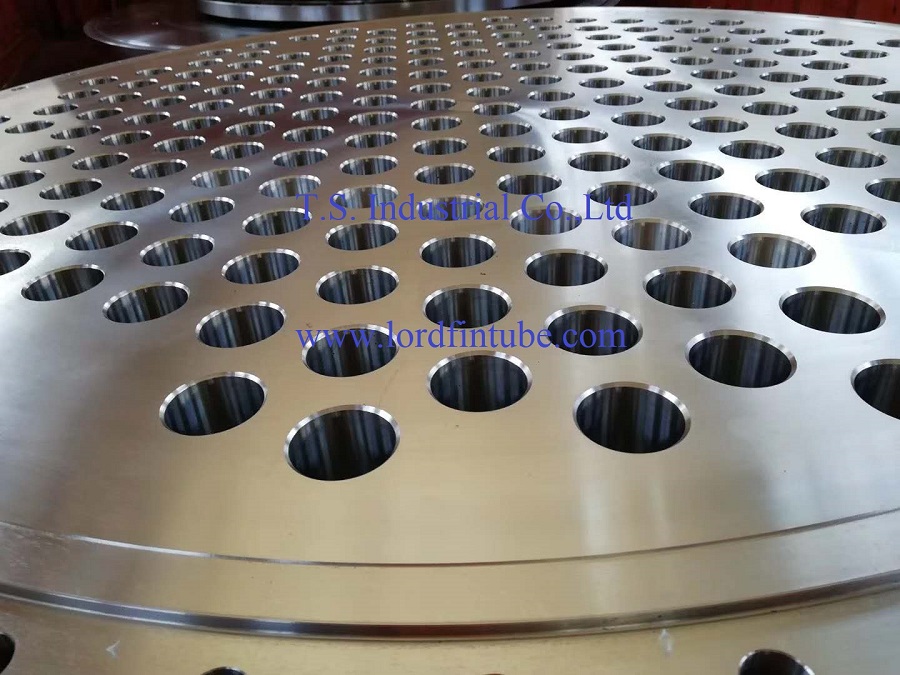How to choose tube sheet thickness?
2023-10-29Leave a message
How to choose tube sheet thickness?
Tube sheet thickness is typically associated with the thickness of tube sheets, particularly in the context of shell-and-tube heat exchangers. A tube sheet is a critical component of a shell-and-tube heat exchanger where tubes pass through and are secured to the tube sheet. The thickness of the tube sheet is an important parameter as it directly impacts the structural strength, pressure resistance, and overall service life of the heat exchanger.
The selection of the appropriate tube sheet thickness takes into consideration several factors:
1. Tube Sheet Operating Pressure:
Higher operating pressures may require thicker tube sheets to ensure strength and safety.
2. Tube Sheet Operating Temperature:
At certain temperatures, the mechanical properties of materials may deteriorate, necessitating the use of thicker materials or higher-grade materials.
3. Tube Sheet Material Type:
Different materials have different mechanical and corrosion resistance properties, so selecting the right material and its corresponding thickness is crucial.
4. Tube Sheet Corrosion Allowance:
In applications with corrosive media, an additional corrosion allowance may need to be considered.
5. Tube Sheet Manufacturing Processes:
The manufacturing and machining of tube sheets can also impose limitations on their thickness.
6. Tube Sheet Standards and Regulations:
Various international and national standards may specify minimum and/or maximum tube sheet thickness requirements.
When calculating the tube sheet thickness, engineers take all of these factors into account to ensure that the heat exchanger operates safely and effectively within its design life.


